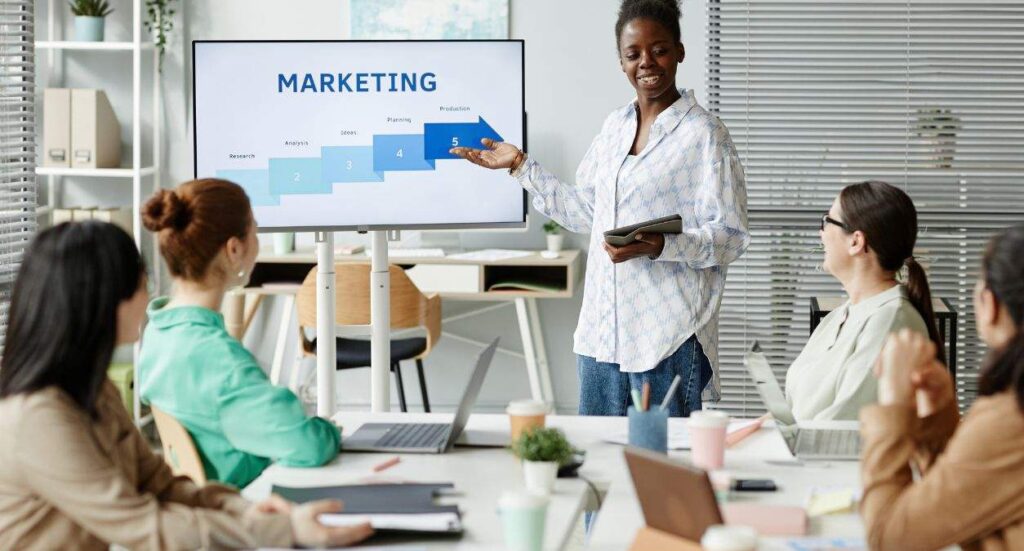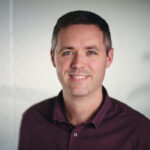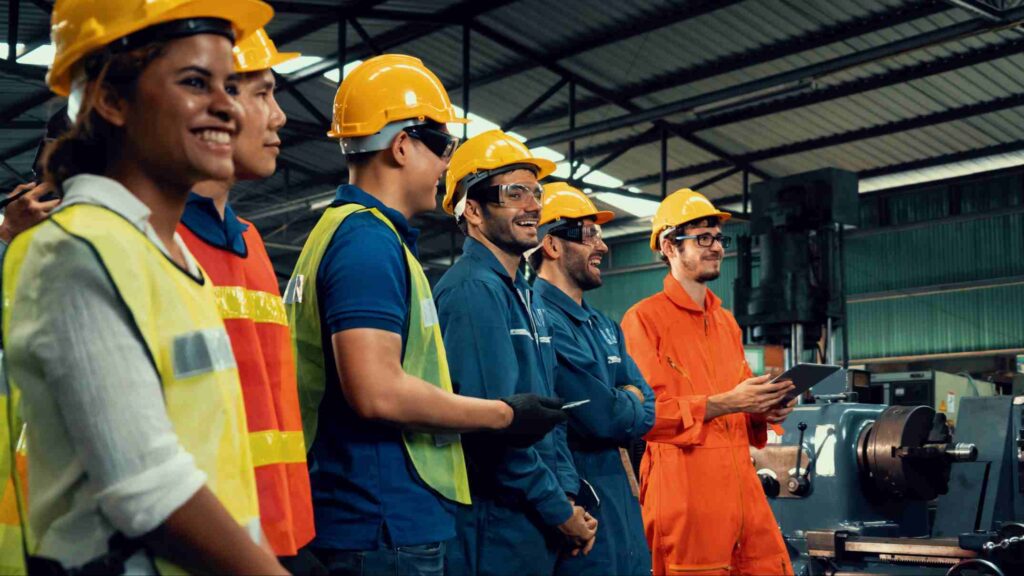Table of contents
Table of contents
The creative industry is one of the UK’s fastest growing and most exciting sectors, offering diverse career paths for people who thrive on imagination, innovation, and problem-solving. From graphic designers shaping brand identities to filmmakers telling powerful stories, creatives fuel much of what we see, read, and experience every day.
But breaking into this industry can feel daunting. What types of roles are out there? What qualifications do you need? How much can you earn? And should you go freelance or seek employment?
This comprehensive guide explores the creative industry — helping you discover career options, pay ranges, skills in demand, and tips for building a sustainable future.
What is the creative industry

The term creative industry covers a vast range of professions where originality, design, and communication skills are key. Some of the biggest sub-sectors include:
- Design – Graphic design, product design, interior design, fashion design, and web design.
- Media & Entertainment – Film, TV, photography, videography, radio, and gaming.
- Marketing & Advertising – Creative agencies, branding, PR, copywriting, and social media management.
- Publishing & Writing – Content creation, journalism, editorial, and technical writing.
- Architecture & Spatial Design – Urban planning, landscaping, and interior design.
- Performing Arts & Music – Theatre, live performance, stage production, and music.
Each of these areas offers different entry routes, levels of stability, and salary expectations — but all are united by the need for creative thinking.
Essential skills for success in the creative industry

While each career requires technical expertise, there are core skills every creative professional needs to succeed:
- Creativity & innovation – The ability to come up with fresh ideas and execute them.
- Technical proficiency – From Adobe Creative Suite to video editing or coding, software skills are non-negotiable.
- Communication skills – Presenting ideas clearly to clients, employers, or audiences.
- Adaptability – Trends evolve quickly; successful creatives keep learning.
- Project management – Meeting deadlines, managing budgets, and working with teams.
- Networking & self-promotion – Particularly vital for freelancers who need to find clients.
Spotlight on popular creative careers

Let’s dive deeper into some of the most popular creative career paths — including what they involve, how to get started, and what the pay looks like.
Interior designers
- Day-to-day: Meet clients, create mood boards, design layouts, select furniture, manage contractors, and oversee final installations.
- Entry routes: Design degrees, diplomas, or portfolio-led entry. Many start in studios before freelancing.
- Skills needed: CAD software, spatial awareness, client communication, and trend awareness.
- Pay: Entry £20k–£30k; senior £40k–£50k+. Freelancers can earn £300+ per day.
- Future outlook: With sustainable design and wellness-focused spaces on the rise, interior design is a growing field.
Web designers
- Day-to-day: Design layouts, code responsive websites, collaborate with developers, test user journeys, and refine UX/UI.
- Entry routes: Degrees, coding bootcamps, or self-taught portfolios.
- Skills needed: HTML, CSS, JavaScript, design tools (Figma, Sketch), plus UX principles.
- Pay: Junior £22k–£28k; senior £50k–£70k+. Freelancers often charge £200–£500 per day.
- Future outlook: Demand for UX/UI hybrids and accessibility-first design is soaring.
Photographers
- Day-to-day: Shoot events, edit images, liaise with clients, and market services.
- Entry routes: Degrees or self-taught portfolios. Many start with weddings/events before moving into niches.
- Skills needed: Camera proficiency, editing (Lightroom, Photoshop), storytelling through imagery.
- Pay: Salaried £22k–£30k; freelance £150–£400/day, top-tier much higher.
- Future outlook: Commercial photography demand remains strong, though competition is fierce.
Videographers
- Day-to-day: Filming, lighting setup, editing, storyboarding, and client meetings.
- Entry routes: Film/media studies, apprenticeships, or self-taught editing.
- Skills needed: Cameras, drones, editing (Premiere Pro, DaVinci Resolve), storytelling.
- Pay: Entry £20k–£28k; freelance £500+/day for commercial projects.
- Future outlook: Rising digital video consumption means strong demand in advertising and content marketing.
Copywriters
- Day-to-day: Write website copy, ad campaigns, product descriptions, blogs, and social media content.
- Entry routes: Degrees in English/journalism or portfolio-driven entry.
- Skills needed: Writing clarity, SEO knowledge, tone adaptation, research.
- Pay: Junior £22k–£28k; senior £50k+. Freelance £150–£400+/day.
- Future outlook: Strong demand for digital and SEO copywriters, particularly in niche industries.
Creative agency roles (advertising & marketing)
- Roles: Graphic designers, art directors, account executives, social media managers, creative directors.
- Entry routes: Internships, graduate schemes, or entry-level creative roles.
- Skills needed: Creative thinking, collaboration, adaptability, and multitasking.
- Pay: Junior £20k–£28k; mid-level £35k–£50k; Creative Directors £70k+.
- Future outlook: Agencies continue to adapt to digital-first campaigns and influencer marketing.
The best paying creative careers

If your priority is financial stability, some creative roles stand out for higher earning potential:
- Creative Directors – £70k+ in large agencies.
- Film & TV Directors/Producers – £50k–£100k+ depending on budgets.
- Senior UX/UI Designers & Digital Product Designers – £60k–£80k+.
- Marketing Directors / Brand Managers – £60k–£90k+.
- 3D Animators & AR/VR Specialists – Premium freelance rates due to niche skills.
Employment vs Freelancing

One of the biggest career decisions for creatives is whether to seek employment or work freelance.
Employment benefits
- Regular salary, benefits, and job security.
- Access to bigger budgets and projects.
- Training and career progression.
Employment drawbacks
- Less freedom over project choice.
- Pay progression can plateau.
Freelance benefits
- Freedom to pick clients and projects.
- Flexibility in working hours and location.
- Potential for higher day rates.
Freelance drawbacks
- Income instability.
- No sick pay, holiday pay, or pension.
- Extra admin: invoices, taxes, and self-promotion.
Top tip: Freelancers should consider specialist creatives insurance (like Protectivity’s Creatives Insurance) to protect against liability claims, client disputes, and equipment damage.
How to break into the industry
Starting out can feel overwhelming, but there are proven ways to land your first opportunities:
- Build a portfolio – Showcase your best work, whether it’s design, writing, or photography.
- Start small – Offer services to friends, local businesses, or community projects.
- Network actively – Attend industry events, use LinkedIn, and join creative communities.
- Upskill constantly – Online courses (Skillshare, Coursera, LinkedIn Learning) help you stay competitive.
- Gain experience – Internships, part-time jobs, and volunteering can open doors.
- Promote yourself – A strong personal brand, website, and social media presence matter.
Trends shaping the industry
The creative sector is constantly evolving. Here are the biggest trends to watch:
- Hybrid skill sets – Combining design with motion graphics or coding gives candidates a major edge.
- Digital-first content – From TikTok campaigns to immersive online experiences, digital storytelling is driving demand.
- Freelance economy – More creatives are mixing freelance and part-time employment for flexibility.
- Sustainability in design – Eco-conscious branding, design, and fashion are gaining momentum.
- Increased insurance needs – With expensive kit and client liability, business protection is critical.
Common FAQs about creative careers
Do I need a degree to work in the creative industry?
Not always. While design, film, or architecture often require degrees, many creatives succeed with strong portfolios and self-taught skills.
What is the easiest creative career to get into?
Copywriting, content creation, and entry-level design roles often have the lowest barriers to entry — but building a standout portfolio is still essential.
How do freelancers find clients?
Networking, referrals, social media, and freelance platforms like Upwork or Fiverr can help. Many also secure work by showcasing expertise on LinkedIn or niche forums.
Which creative jobs are future-proof?
Digital-first roles (UX/UI design, digital marketing, content creation, animation, and AR/VR) are growing fastest.
To round up…
The UK’s creative industry is exciting, diverse, and full of opportunities for those with imagination and drive. Whether you want to design spaces, capture stories through film, or write words that sell, there’s a role for you.
Success comes down to:
- Building a portfolio that showcases your best work.
- Continuously learning new skills to stay competitive.
- Deciding whether employment or freelancing best fits your goals.
And for freelancers especially — protect your business and your peace of mind with specialist creatives insurance. With the right foundation, you’ll be free to focus on what you do best: creating.
Get Creatives Insurance from Protectivity
*Disclaimer – This blog has been created as general information and should not be taken as advice. Make sure you have the correct level of insurance for your requirements and always review policy documentation. Information is factually accurate at the time of publishing but may have become out of date.
Last updated by

















